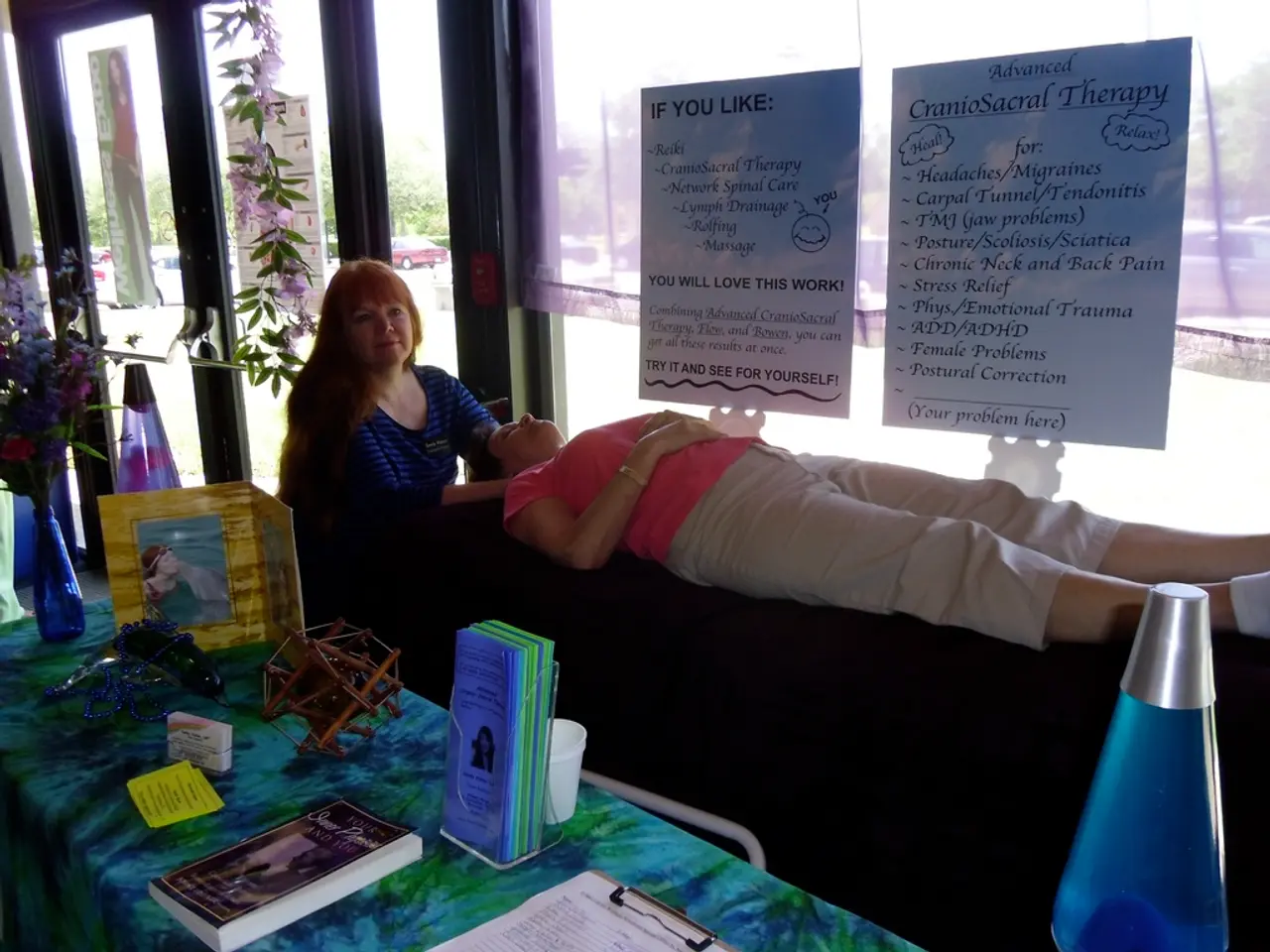Discrimination towards women over fifty based on gender: a tough battle for acknowledgement and equality
Empowering Women Over 50: Combating Gender-Age Discrimination
In today's dynamic world, the stories of successful women over 50 are a testament to the fact that age should not hinder professional growth. From Lynda Weinman, co-founder of Lynda.com, acquired by LinkedIn for $1.5 billion, to Jaleh Bisharat, founder of NakedPoppy, these women have shattered stereotypes and paved the way for others. However, gender-age discrimination against women over 50 remains a significant challenge.
Five female reporters recently won a fight against a New York news station that excluded them based on age and gender. This is not an isolated incident. Age discrimination against women over 50 harms their career prospects by reducing hiring opportunities, limiting promotions, and undervaluing their expertise. According to recent projections, if this trend continues unchecked, the economic loss could reach a staggering $3.9 trillion by 2050.
To combat this issue, integrated efforts from governments, employers, and society are required. Here are some key strategies:
- Legal and Policy Interventions
- Implement legislation that prohibits discrimination based on both age and gender stereotypes, emphasizing that justification for differential treatment must not rely on ageist or sexist assumptions.
- Enforce punitive measures against employers who impose less favorable working conditions on older workers, including women over 50.
- Adjust social security, pension, and unemployment benefits to ensure older women have an adequate living wage before and after retirement.
- Encourage flexible or gradual retirement programs without mandatory retirement ages or peak wage penalties, allowing women to remain employed as long as desired.
- Workplace Practices
- Promote continuous training and professional development for older women to maintain and enhance skills, combating stereotypes about outdated capabilities.
- Raise employer awareness about age and gender discrimination by running campaigns that dismantle negative stereotypes and promote positive attitudes toward older women’s abilities.
- Reform recruitment processes to eliminate bias, recognizing that many employers currently view people over 50 as less capable, which limits employment opportunities.
- Foster inclusive cultures that value diversity of age and gender, which research shows improves innovation and problem-solving.
- Addressing Broader Societal Biases
- Conduct public awareness campaigns highlighting the harms of ageism and sexism in employment and society, encouraging a cultural shift in perceptions of older women.
- Support research and data collection to better understand the specific barriers faced by women over 50 and tailor interventions accordingly.
- Encourage media and education sectors to portray older women positively and challenge stereotypes that portray them as less productive or capable.
- Health and Well-being Support
- Promote workplace health programs that support older women’s physical and mental health, recognizing health-related factors contribute to employment disparities.
- Ensure access to adequate healthcare and social services to support caregiving responsibilities, which disproportionately affect women and influence their employment continuity.
Recent legal victories, such as a $141 million discrimination settlement and a landmark Supreme Court ruling, demonstrate the progress being made in addressing this issue. However, much work remains to be done. By implementing these strategies, we can create supportive environments that value the contributions of women over 50 equally to other groups, fostering a more inclusive and productive society.
Beauty lies not only in youth but also in the wisdom and experience of women over 50. In the realm of health-and-wellness, it's crucial to prioritize the physical and mental well-being of older women to ensure they continue making significant contributions.
Advocating for policies that emphasize inclusive hiring, flexible retirement, and adequate benefits are key to promoting health and wellness for women over 50, ultimately leading to a more beautiful and equitable society.




